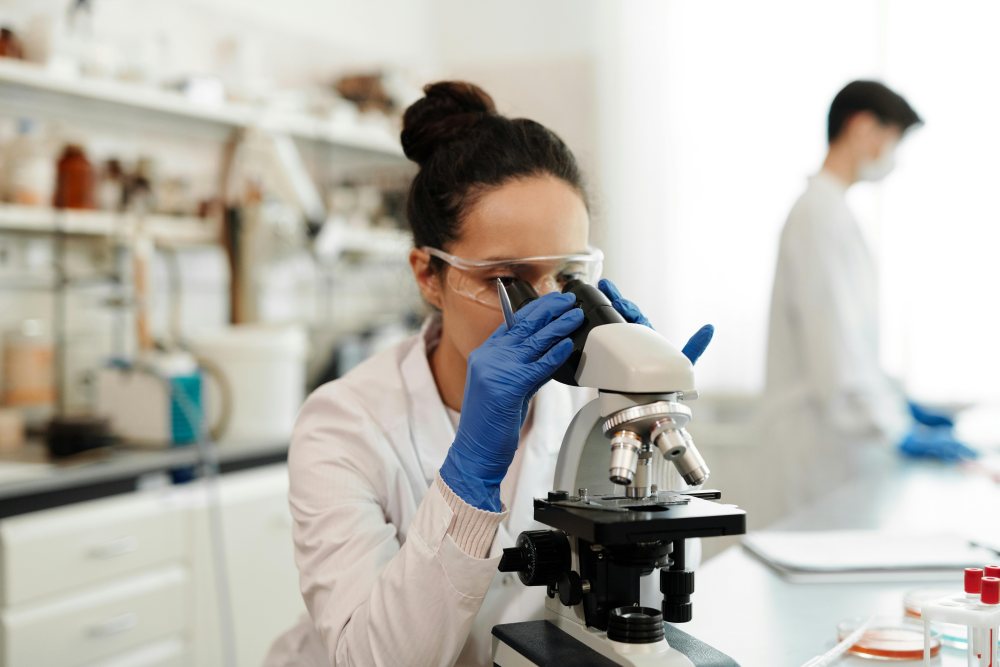Laboratories face increasing demands to produce high-quality data while managing costs, space, and time. Multi-detection plate readers have become indispensable tools in this environment, offering the flexibility to perform a wide range of assays without switching instruments.
Their ability to handle multiple detection methods within a single platform makes them ideal for academic, clinical, and industrial settings. By integrating various technologies into one device, these instruments streamline workflows, reduce variability, and support innovation across multiple research disciplines.
Expanding Laboratory Capabilities With Multi-Detection Systems
One of the main advantages of adopting multi-detection instruments is their ability to handle different assay formats without requiring multiple specialized devices. Instead of dedicating separate instruments to fluorescence, absorbance, or luminescence assays, labs can use a single microplate reader with multiple detection modes to perform all of these techniques efficiently. This flexibility minimizes the need for repeated equipment calibration, saves valuable bench space, and reduces costs.
Multi-detection systems allow researchers to seamlessly transition between different experimental designs. A single device might be used for ELISA one day and for enzyme kinetics or cell-based fluorescence assays the next. This adaptability supports labs with diverse research goals, enabling them to expand their experimental repertoire without adding logistical complexity. For teams working in high-throughput environments, this versatility translates into significant time savings and more consistent results.
Supporting a Wide Range of Assay Types
Multi-detection plate readers are compatible with many assay types, making them valuable assets in research and diagnostic labs. Their ability to perform absorbance measurements enables quantitative analysis in colorimetric assays, such as protein quantification or enzymatic reactions. Fluorescence detection expands capabilities to include DNA quantification, cell viability assessments, and reporter gene assays. Luminescence detection is ideal for sensitive applications like ATP measurement, gene expression studies, and cell signaling analysis.
Beyond these core modes, many instruments offer additional options such as time-resolved fluorescence, fluorescence polarization, and AlphaScreen technologies. This diversity allows researchers to select the most appropriate detection method for each experimental question, all within the same instrument. Instead of adapting experiments to fit available equipment, multi-detection readers allow equipment to adapt to the needs of the experiment.
Increasing Efficiency Through Workflow Integration
Efficiency in the lab isn’t just about speed; it’s about reducing steps that introduce variability or potential error. Multi-detection readers consolidate multiple workflows, enabling researchers to perform different detection methods on a single plate without transferring samples between instruments. This integration reduces handling time, minimizes contamination risk, and improves reproducibility.
Automation features further enhance efficiency. Many modern plate readers can be integrated with robotic systems, stackers, or liquid handlers, supporting high-throughput screening applications. This capability allows labs to run multiple assays simultaneously or sequentially, improving throughput without sacrificing data quality. For institutions managing large numbers of experiments daily, this streamlined workflow is a game-changer.
Delivering High Sensitivity and Accuracy
Versatile instrumentation doesn’t mean compromising on performance. Multi-detection plate readers are designed to offer high sensitivity, wide dynamic ranges, and precise measurements across all detection modes. Advanced optical systems and specialized filters enable accurate readings for low-abundance targets, ensuring that even subtle differences in signal are reliably detected.
These readers often come with sophisticated software for data analysis, allowing users to apply curve fitting, kinetic modeling, or statistical tools directly within the instrument’s interface. By combining accurate measurement with integrated analysis, labs can generate high-quality data faster and with fewer opportunities for error.
Adapting to Evolving Research Needs
Scientific research rarely stands still. New methodologies, biomarkers, and assay formats continually emerge, requiring instrumentation that can keep up. Multi-detection plate readers offer a future-ready solution because many models are modular or upgradeable. Labs can add new detection capabilities or software features as their needs evolve, protecting their investment over the long term.
A lab focused on absorbance-based assays might later expand into fluorescence-based cell studies. Instead of purchasing an entirely new instrument, the existing reader can often be upgraded to support the new technique. This adaptability is particularly valuable for academic institutions and growing biotech companies where research priorities may shift rapidly.
Reducing Long-Term Costs Through Consolidation
While multi-detection plate readers require an initial investment, their ability to consolidate multiple instruments into one system offers substantial cost savings. Maintaining a single device means fewer service contracts, reduced calibration needs, and lower training expenses for personnel. Labs save on consumables and reagents that might otherwise be wasted when switching between separate instruments.
The reduced need for multiple machines lowers energy consumption and frees up valuable lab space. For organizations looking to optimize resources without compromising on research capability, these financial and logistical advantages make multi-detection plate readers a smart investment.
Multi-detection plate readers have become essential tools for modern laboratories, offering unmatched versatility, efficiency, and adaptability. By supporting multiple detection modes in a single platform, they enable researchers to perform a wide range of assays with precision and speed. Their ability to streamline workflows, deliver high-quality data, and adapt to changing research demands makes them ideal for academic, clinical, and industrial settings. For labs aiming to maximize productivity while minimizing costs, multi-detection plate readers provide a powerful, future-proof solution.









